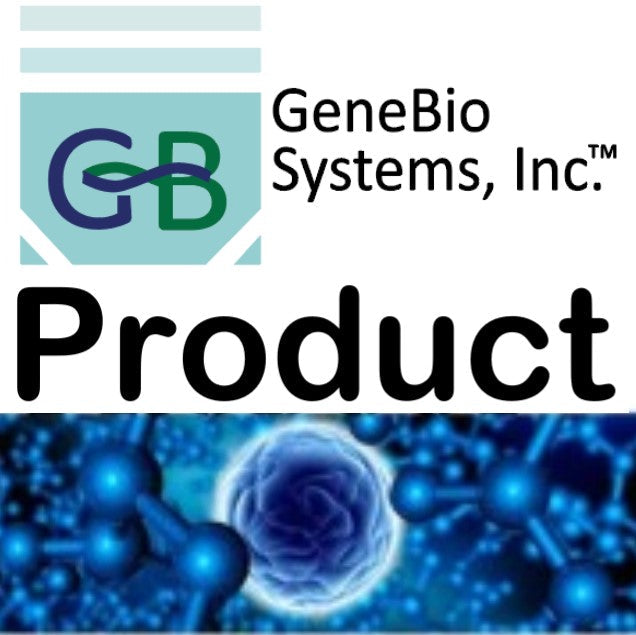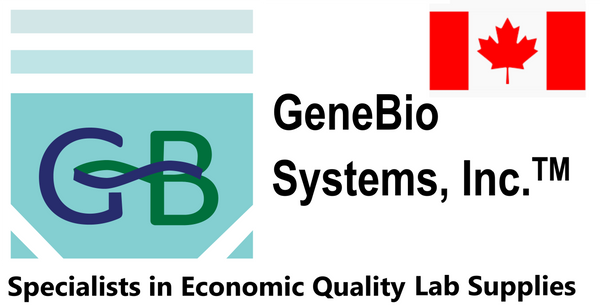Gene Bio Systems
Recombinant Clostridium botulinum Botulinum neurotoxin type B(botB),partial
Recombinant Clostridium botulinum Botulinum neurotoxin type B(botB),partial
SKU:CSB-YP318083CLQ
Couldn't load pickup availability
>Several Other Sizes Are Also Available. Please Inquire. Default Size: 200ug
Updated Date: Stock Protein updated on 20170405
Research areas: Others
Target / Protein: botB
Biologically active: Not Tested
Expression system: Yeast
Species of origin: Clostridium botulinum
Delivery time: 3-7 business days
Uniprot ID: P10844
AA Sequence: MPVTINNFNYNDPIDNNNIIMMEPPFARGTGRYYKAFKITDRIWIIPERYTFGYKPEDFNKSSGIFNRDVCEYYDPDYLNTNDKKNIFLQTMIKLFNRIKSKPLGEKLLEMIINGIPYLGDRRVPLEEFNTNIASVTVNKLISNPGEVERKKGIFANLIIFGPGPVLNENETIDIGIQNHFASREGFGGIMQMKFCPEYVSVFNNVQENKGASIFNRRGYFSDPALILMHELIHVLHGLYGIKVDDLPIVPNEKKFFMQSTDAIQAEELYTFGGQDPSIITPSTDKSIYDKVLQNFRGIVDRLNKVLVCISDPNININIYKNKFKDKYKFVEDSEGKYSIDVESFDKLYKSLMFGFTETNIAENYKIKTRASYFSDSLPPVKIKNLLDNEIYTIEEGFNISDKDMEKEYRGQNKAINKQAYEEISKE
Tag info: N-terminal 6xHis-tagged
Expression Region: 1-427aa
Protein length: Partial
MW: 51.3 kDa
Alternative Name(s): Bontoxilysin-B
Relevance: Botulinum toxin acts by inhibiting neurotransmitter release. It binds to peripheral neuronal synapses, is internalized and moves by retrograde transport up the axon into the spinal cord where it can move between postsynaptic and presynaptic neurons. It inhibits neurotransmitter release by acting as a zinc endopeptidase that cleaves the '76-Gln-|-Phe-77' bond of synaptobrevin-2.
Reference: Molecular cloning of the Clostridium botulinum structural gene encoding the type B neurotoxin and determination of its entire nucleotide sequence.Whelan S.M., Elmore M.J., Bodsworth N.J., Brehm J.K., Atkinson T., Minton N.P.Appl. Environ. Microbiol. 58:2345-2354(1992)
Purity: Greater than 90% as determined by SDS-PAGE.
Storage: The shelf life is related to many factors, storage state, buffer ingredients, storage temperature and the stability of the protein itself. Generally, the shelf life of liquid form is 6 months at -20℃/-80℃. The shelf life of lyophilized form is 12 months at -20℃/-80℃.
Notes: Repeated freezing and thawing is not recommended. Store working aliquots at 4℃ for up to one week.


